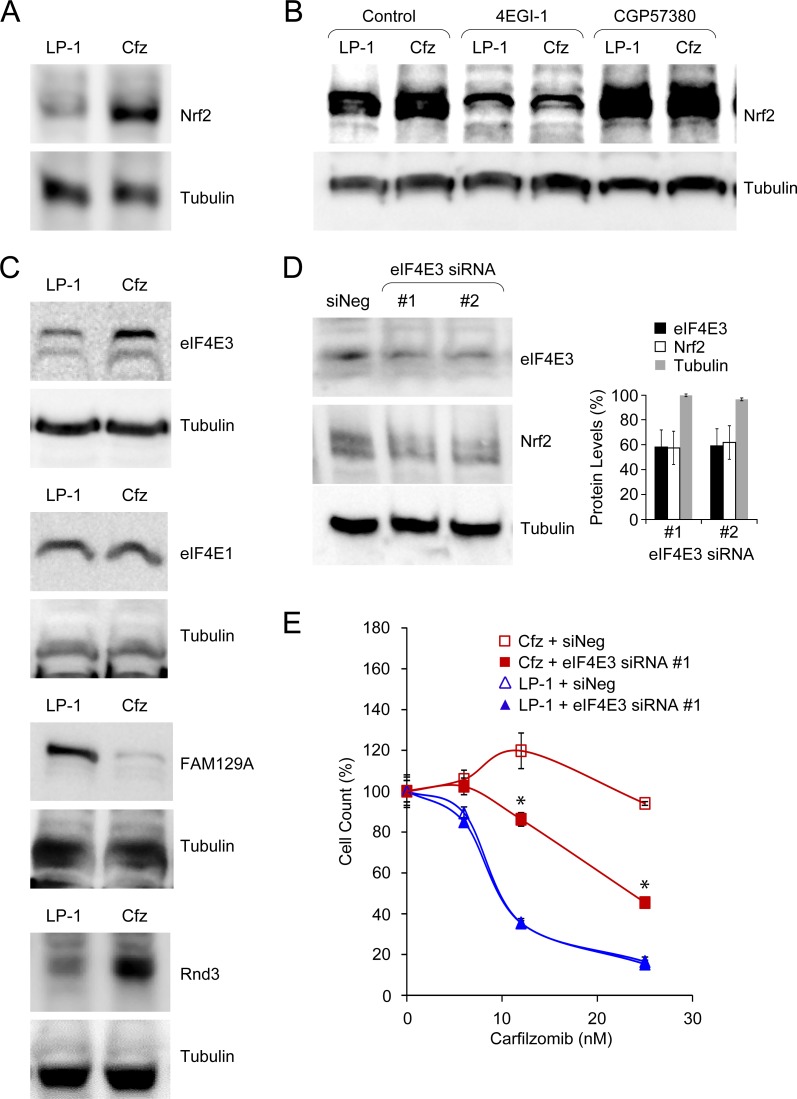Figure 9. Acquisition of carfilzomib resistance in LP-1/Cfz cells is associated with eIF4E3-mediated translational reprogramming.
A. Western blot analysis showing increased Nrf2 levels in LP-1/Cfz (Cfz) versus parental LP-1 cells (P < 0.002; n = 18). Cells were treated with MG-132 (15 μM) for 18 hours. B. Synthesis of Nrf2 depends on eIF4E/eIF4G interaction (P < 0.003; n = 10) and is enhanced upon MNK inhibition (P < 0.03; n = 6). Cells were treated with MG-132 (15 μM) for 18 hours in the absence or presence of an eIF4E/eIF4G interaction inhibitor (4EGI-1, 50 μM) or an MNK inhibitor (CGP57380, 10 μM) and whole cell lysates were analyzed by Western blotting. C. Western blot analysis showing (from top to bottom) increased eIF4E3 levels (P < 0.001; n = 4), similar eIF4E1 levels, decreased FAM129A levels (P < 1 × 10−4; n = 7), and increased Rnd3 levels (P < 0.02; n = 6) in LP-1/Cfz versus parental LP-1 cells. Cells were treated with MG-132 (15 μM) for 18 hours. D. Western blot analysis showing that knockdown of EIF4E3 mRNA using two specific siRNAs was accompanied by decreased eIF4E3 and Nrf2 protein levels. E. Knockdown of EIF4E3 mRNA (siRNA #1) sensitizes LP-1/Cfz cells to carfilzomib. Cells were treated with the indicated concentrations of carfilzomib for 48 hours after transient transfection and cell viability was determined by alamarBlue assay. *, P < 0.001 vs negative siRNA control (siNeg, n = 3).

